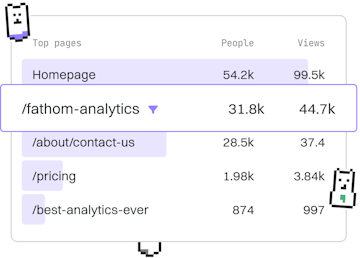Basics
HTML Paragraphs
Creating Paragraphs
HTML paragraphs use <p> for text blocks, structuring page content.
What is an HTML Paragraph?
An HTML paragraph is defined using the <p> tag. Paragraphs are block-level elements that are used to group sentences and sections of text into coherent blocks. This helps structure the content of a webpage, making it easier to read and understand.
Basic Syntax of HTML Paragraphs
The syntax for creating a paragraph in HTML is straightforward. You simply wrap your text with the <p> opening and closing tags. Here is a basic example:
Multiple Paragraphs
To create multiple paragraphs, you just use multiple <p> tags. Each <p> tag automatically starts on a new line, ensuring that your paragraphs are distinct from one another:
Styling Paragraphs with CSS
HTML paragraphs can be styled using CSS to change their appearance, such as font size, color, and spacing. For example, you can change the text color and add margin to your paragraphs like this:
This CSS rule applies to all <p> elements, changing the text color to blue and adding a 20px margin at the bottom of each paragraph.
Using Paragraphs with Inline Elements
You can include inline elements such as <strong>, <em>, and <a> within your paragraphs to enhance or link text. Here’s an example demonstrating this:
In this example, the <strong> tag is used to bold a portion of the text, while the <a> tag creates a hyperlink within the paragraph.
Best Practices for Using Paragraphs
- Use paragraphs to separate distinct ideas or topics.
- Keep paragraphs concise to improve readability.
- Use CSS for visual styling rather than relying on HTML attributes.
- Ensure proper nesting of inline elements within <p> tags.
Following these practices will help create clean, accessible, and well-organized content on your webpages.
Basics
- Previous
- Headings
- Next
- Formatting
